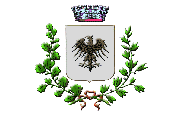Few people will know that the Doric temples at Paestum are the best surviving examples of this type of Greek architecture anywhere to be found. Better even than the Pantheon in Athens.
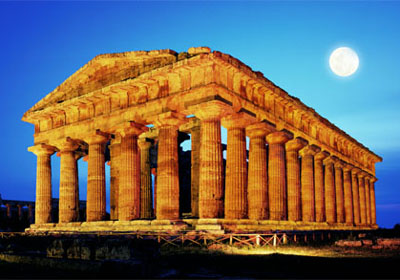
Gli imponenti templi dorici di Paestum
LA STORIA
Il nome di "Cilento" deriverebbe da "cis alentum", ovvero "al
di là dell'Alento", così i romani nominarono il territorio
compreso tra il fiume Solofrone e l'Alento.
Tra il VII e il VI secolo i Greci si insediarono in questa area e
i Sibarriti, discendenti degli Achei, fondarono Posidonia, che
sarebbe poi diventata Paestum con l’arrivo dei Romani. Nella stessa epoca, i Focesi, provenienti dall’Asia
Minore fondarono Elea (divenuta Velia in epoca romana). Elea divenne in pochissimo
tempo un importante centro culturale, destinato a passare alla storia grazie
alla Scuola Eleatica di filosofia, fondata da Parmenide e dal suo discepolo Zenone
nel 480 a.C. La storia cilentana greco-romana s’intreccia con altri eventi
successivi importanti, che vanno dal Principato longobardo a Salerno (nel medioevo)
fino all’epoca del “brigantinaggio” e ai successivi “Moti
Cilentani” del 1828, con l’insurrezione contro Francesco
II di Borbone.
La storia del Cilento continua a vivere negli usi e i costumi dei
suoi abitanti che richiamano sicuramente alla mente quelli dei suoi
primi abitanti. Basti pensare, per esempio, alla tradizione dei “cicci maritati”, piatto tipico
a base di ceci che si consumava prevalentemente il giorno dei morti. Un piatto
analogo, ottenuto con la mescola di tutti i semi, veniva preparato anche nella
Grecia arcaica ed è citato persino nel “Timeo” di Platone,
a proposito dell’azione divina della semenza universale.
| The Parmenideum and surroundings
offer many delights to quieten the body while the mind indulges itself.
It is also near Pompei, Capri, Naples, Rome and Sicily by ferry,
train or car. |
|
|
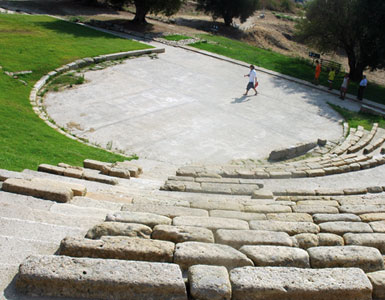 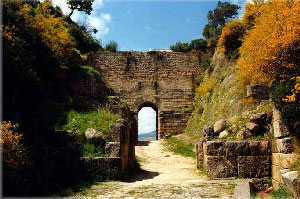
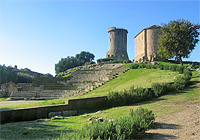 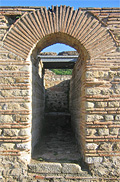
Teatro Greco, La Porta Rosa, Torre medievale, Terme
Romane (Velia)
|
|
|

